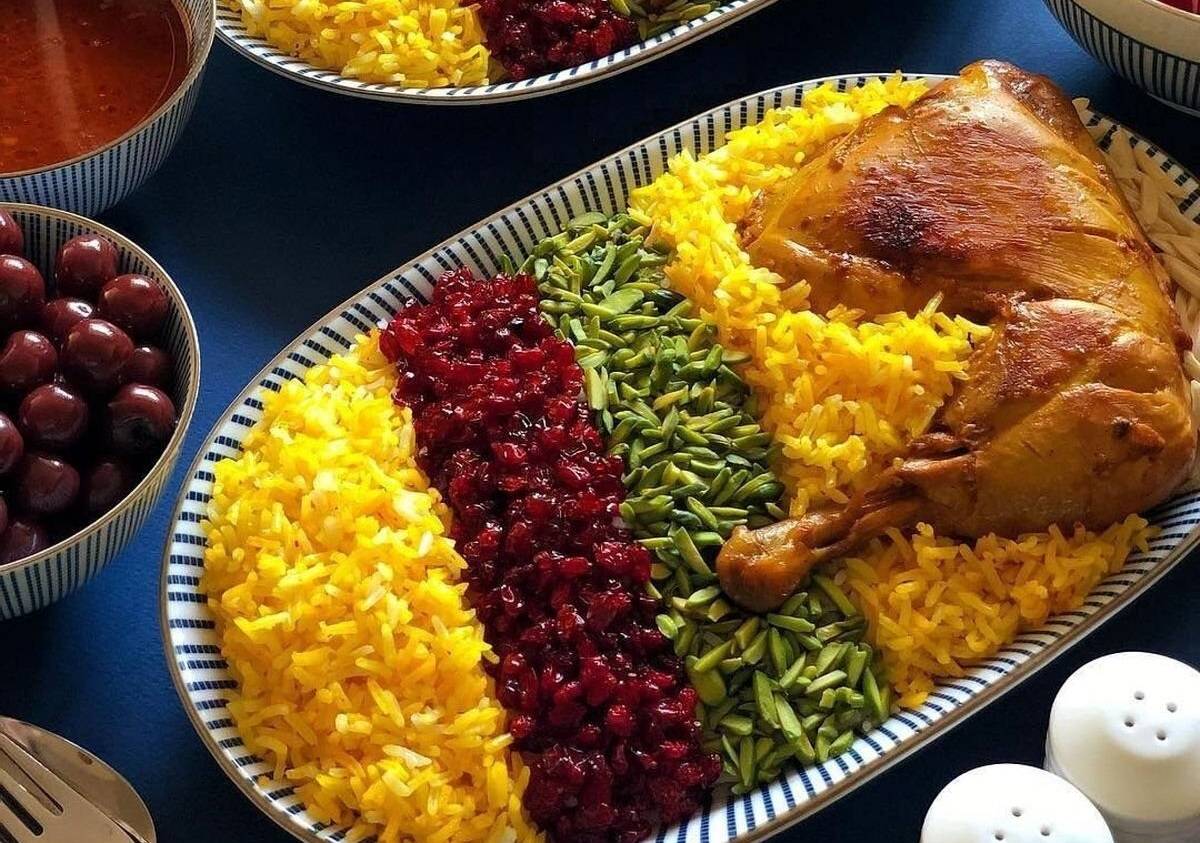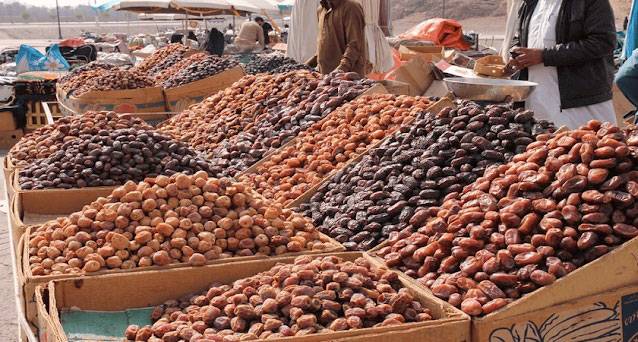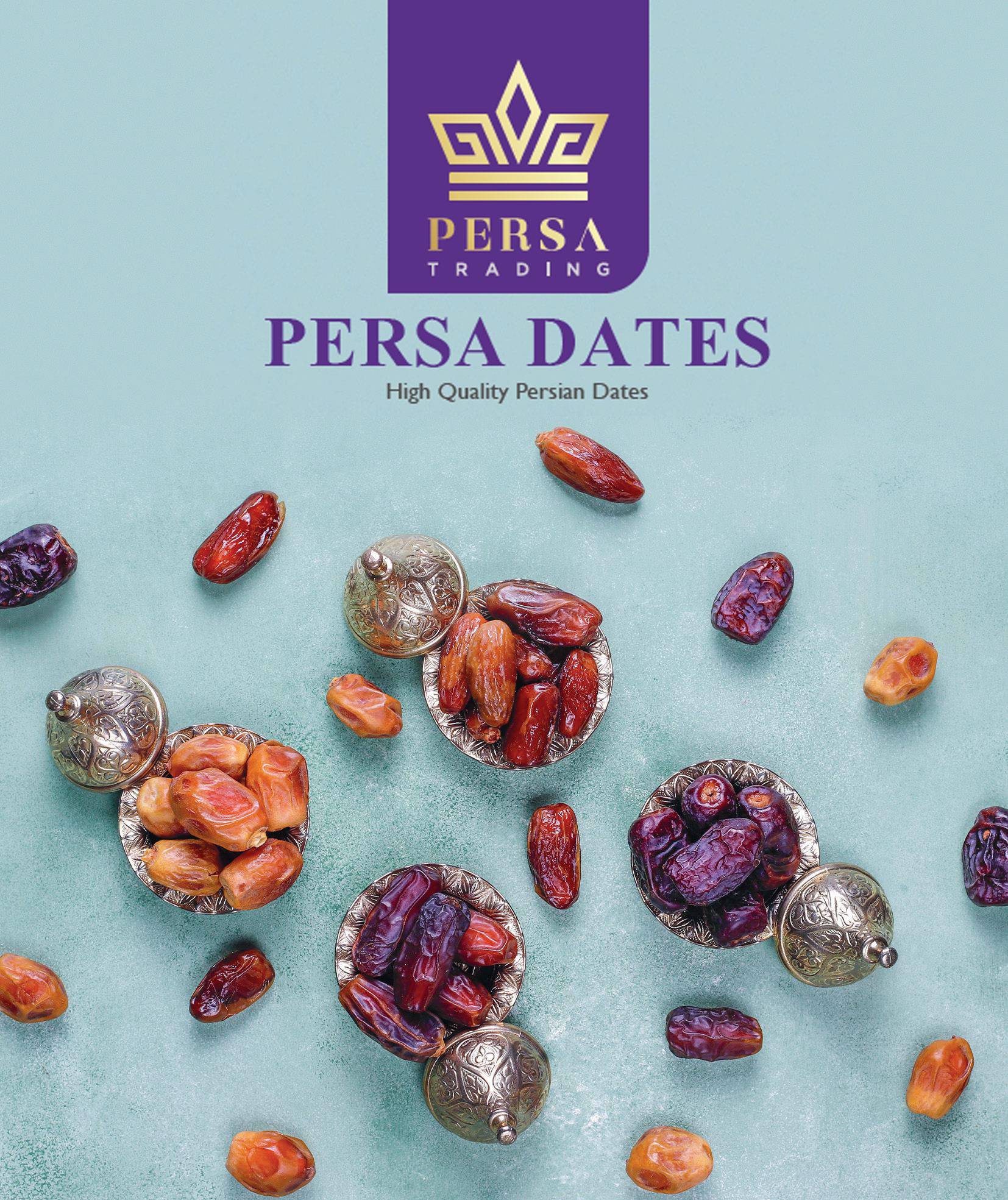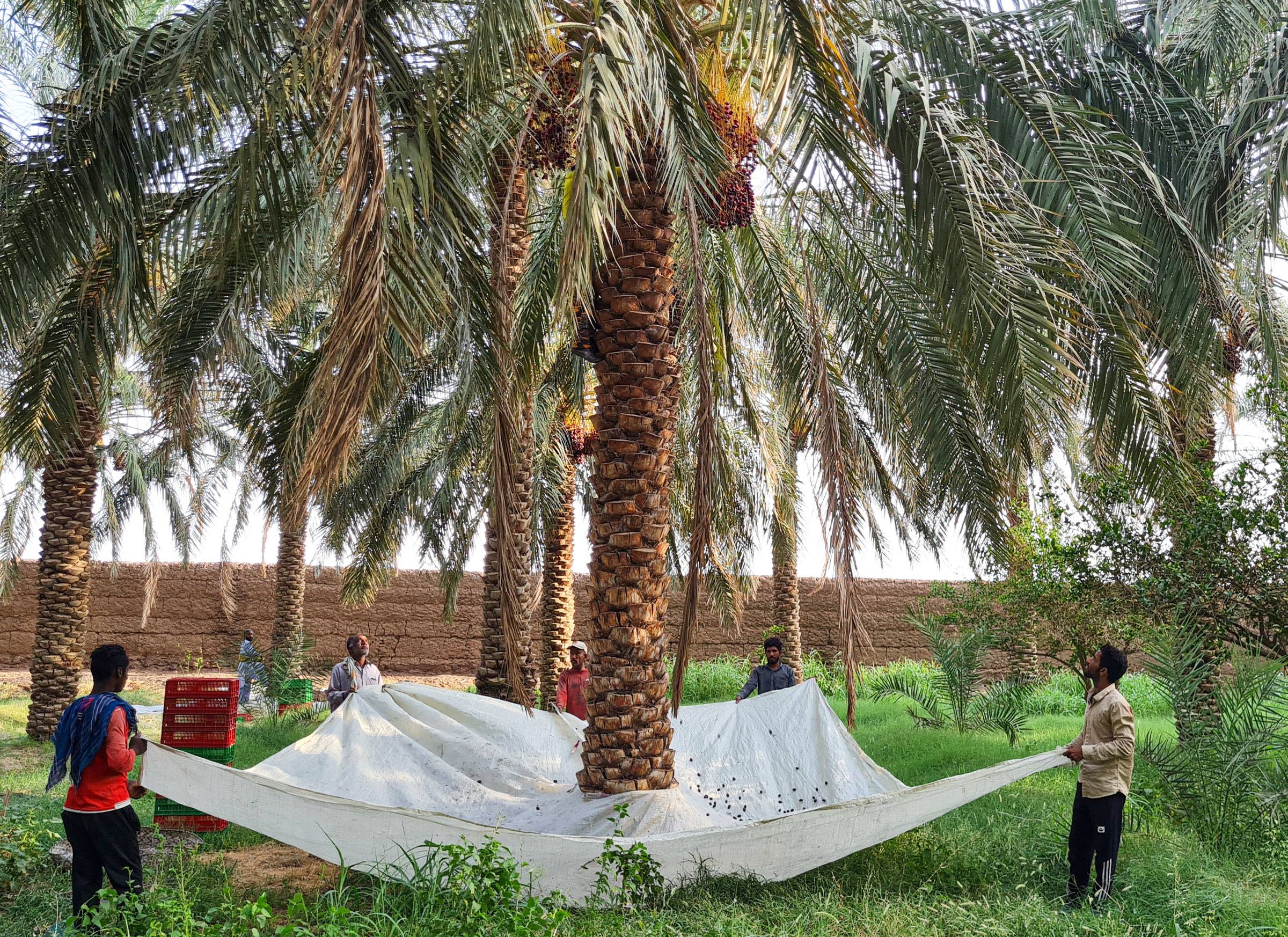The journey of little red around the world of recipes
Apart from the traditional dishes of some nations, where saffron has been present in their recipes since ancient times, you can use its unique aroma and color in countless modern dishes and desserts. In the past, saffron was mainly limited to a few basic methods. But today, with a greater understanding of this product and the development of its applications, people expanded their models of using it to obtain a more robust color and a thicker flavor.
All these methods are based on two essential steps in exploiting saffron: heat and hydration, to draw out all of its aromatics and rich golden color. We will briefly and practically review the most common ways and some recipes related to them.
Non-food applications
Saffron is a magical flower with many abilities; her wide applications are not limited to cooking. By the way, its first uses in history were for coloring and decoration; in many palaces around the world and throughout history, it has been used as the royal color of silk cloths worn by nobles, and even in some regions, the discovery of its edible side There have been exciting stories.
The most crucial benefit of saffron for us is its medicinal properties, which we have heard a lot about, but we have not yet brought it into our lives as we should, like most other herbal medicines. You might consider it a subcategory of edible use.
You forgot Cleopatra’s soap! The external and skin therapeutic benefits of saffron were discovered almost simultaneously with its oral use; From the time of ancient Egypt and a bathtub full of donkey milk and saffron for her majesty!
To avoid talking too long, we will skip the non-edible uses and mention some ways to prepare saffron for eating or drinking.
Grinding into powder
This method, which has been used since ancient times in cooking Iranian food, especially pilaf, is a prerequisite for some other ways; For example, before brewing saffron, it is better to powder it. Otherwise, a large amount of its aroma and color will not be released. Powdered saffron is essential in modern recipes, especially meat and rice dishes, as well as various desserts and ice creams.
An old tool called mortar and pestle has been used to grind saffron; A container with a handle of the same material and curve can easily slide into it and rub the dried saffron into small pieces, then powder it. Usually, in this process, a piece of a sugar cube is placed next to the dried stigmas so they can be ground more quickly.
People in some parts of the world cannot powder saffron easily in this way because of the humid tropical weather; before that, they should roast it a little bit so that it regains its crispness and fragility.
Brewing saffron
Saffron tea is a fantastic drink and healing medicine, but you can also use brewed saffron in many recipes; Cooks usually brew it for more effect, especially for thicker rice coloring and flavoring of chicken and fish.
As we said above, to infuse saffron, you must first powder it, then pour boiling water into a small container or teapot, enough to cover the saffron, then put the lid on and let it stand for thirty minutes.
Melting saffron with ice
To benefit more from the color of this spice, grind saffron first. Then pour the saffron powder into a bowl or glass and put a few pieces of ice on it. The amount of ice cubes depends on the amount of powder. The ice should cover the saffron powder. Then, when the ice melts at room temperature, saffron returns the same color and dissolves in water. Using this method, the golden color of your food or syrup will be brighter.
Saffron herbal tea
In combination with teas and herbal teas, Saffron powder provides a relaxing, exciting experience. You can use two methods to make a hot saffron drink; The first is to add the powder to dry tea, then add boiling water and brew them. In the second method, you can pour the stigmas without grinding, or in a combined form, together with cold water into a teapot and place it on the heat of steam until it brews. You can add a piece of candy to the drink if you wish.
Adding directly to food
In the case of foods that are cooked in liquid form, there is no need to powder or infuse saffron. You should pour saffron into the dish and other ingredients from the beginning of cooking and let it gradually develop its color and aroma while mixing it with other nutrients to give an exciting taste to the food. In this process, saffron is so-called “blooming.”
Italians benefit from saffron in their famous Risotto-Alla-Milanese in this way. The popular French dish Bouillabaisse provides enough liquid and time to bloom in the steam, Spanish Paella, lots of soups, stews, porridges, and countless other recipes that your creativity can provide.





Reyhan
Greetings! We’re laser-focused on Spanish saffron for our premium paella mixes. Can you tell us if it’s available, what makes it stand out, and perhaps share some secrets about keeping the saffron flowing consistently into our paella pots?
Mohammad
Hey there! I’m thinking of importing a solid 10 kg batch of saffron for our high-end restaurant. Mind sharing some details about the saffron’s source, and grades, and maybe hooking us up with a sweet deal for buying in bulk?
Max
. Could you enlighten us on the saffron’s journey from the farm to our shelves, especially if it’s organic? Oh, and any certifications would be icing on the cake!